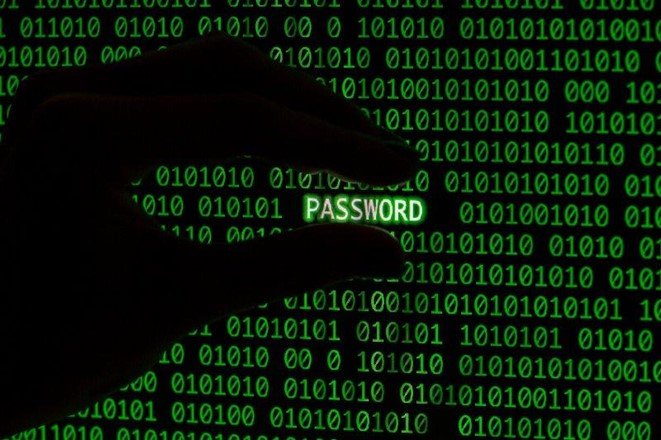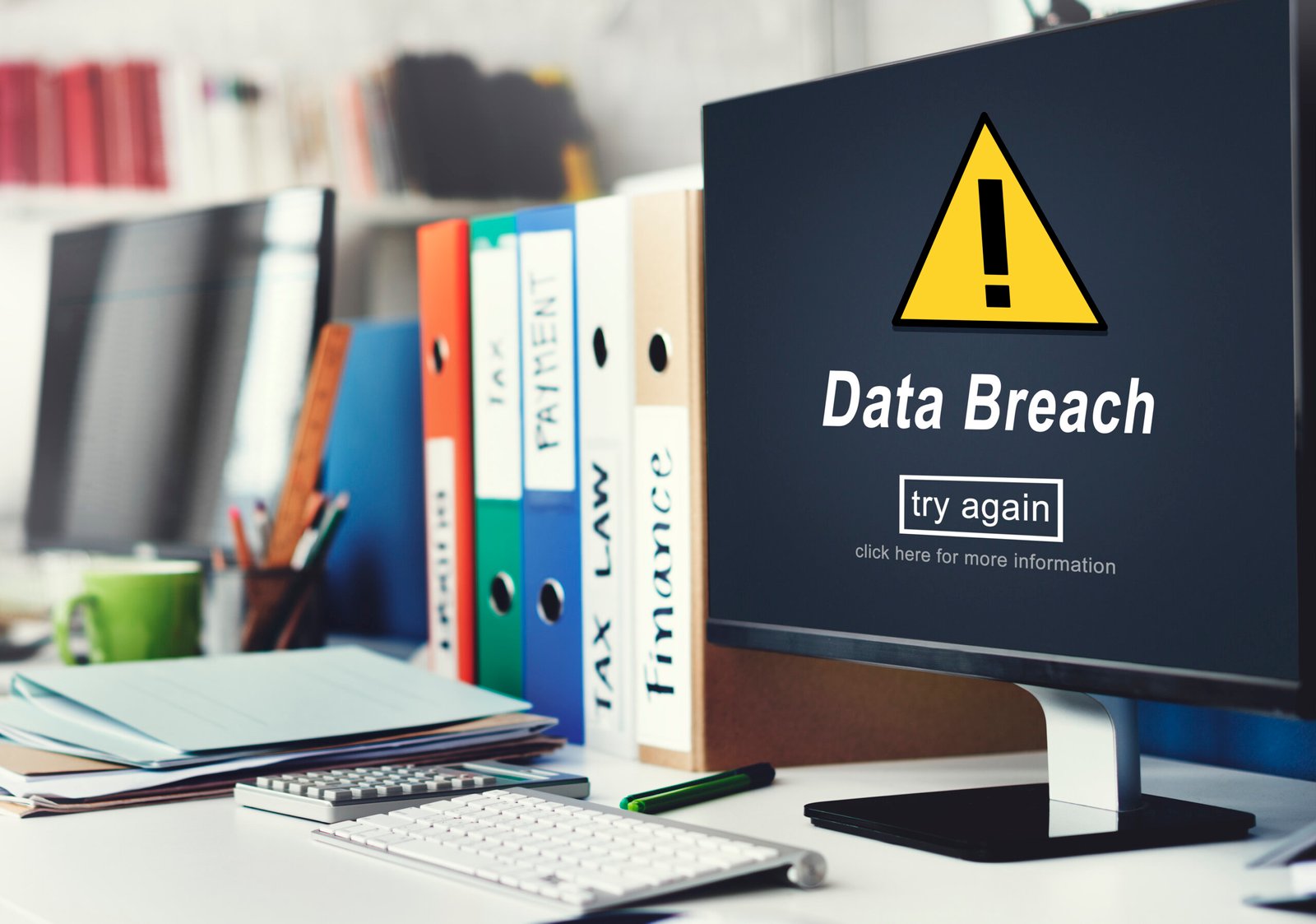Keys to data breach prevention
A data breach is a security incident in which sensitive information, including personal data, credentials, or other sensitive information of individuals and organizations, is accessed or extracted without permission.
This post explains what it means and the fundamental keys to preventing a data leak.
What is a data breach?
Data leakage is one of the most common and damaging incidents in the cybersecurity space.
A data leak occurs when sensitive information is accidentally or illicitly exposed. It can happen inside or outside an organization and result from a cyberattack, human error, or a failure in security systems.
The information that is leaked in a data leak is of very varied content. This can be personal data, such as names, addresses, and social security numbers; financial data, such as credit card numbers and bank account details; or corporate data, such as product details and business strategies.
The consequences of a data breach are generally significant. For individuals, it can result in identity theft or financial fraud. For businesses, it can translate into legal fines, loss of reputation, and damage to customer relationships.
Data leakage can be a fast event, where data is exposed and used immediately, or a slow process, where data is collected over a long period before being used.

Main Types of Data Leaks
Data leaks are differentiated into different types, such as:
Internal
In internal data breaches, data leaves or is leaked from within the organization. This happens when employees or persons with authorized access to confidential information disclose or extract it in an unauthorized manner, intentionally or unintentionally. It also occurs when someone outside the organization, without authorization, accesses it and its data. Generally, the latter type usually corresponds to a cyberattack.
Some of the leading causes of leaks of internal origin are:
- Disgruntled or maliciously intended employees who steal data for personal purposes or to sell to third parties.
- Lack of controls and adequate monitoring of users’ activities with access to sensitive data.
- Absence of clear information security policies and insufficient training of personnel.
- Vulnerabilities in systems and applications that allow unauthorized access to information.
- Cyberattacks executed to obtain information.
External
External data leaks are incidents in which sensitive information is leaked without authorization, voluntarily or unintentionally, by people or entities outside the organization, from outside the organization.
External corporate data breaches caused by third parties pose a significant threat to an organization. These leaks occur when an external entity with legitimate access to an organization’s data, such as a service provider or business partner, inadvertently or maliciously exposes that information.
Third parties in an organization have access to a wide range of corporate data, from employee and customer personal information to trade secrets and intellectual property. They become weak in the information security chain if they don’t follow the proper security measures.
To mitigate this risk, organizations must ensure that all third parties they work with have robust information security policies and procedures. This involves conducting cybersecurity audits, including data security clauses in contracts, and automated, continuous, real-time monitoring of third-party risk as the most effective measure.
4 Causes of Data Leakage
Willful and malicious acts or unintentional acts can cause data leaks.
Among the most common causes of unintentional corporate data leaks are:
Use of suspicious programs
Suspicious programs, often disguised as legitimate software, can infiltrate an organization’s systems and give illegitimate access to sensitive information. They are introduced by employees unaware of the risks or external attackers. Once inside, these programs collect and transmit sensitive corporate data.
Malicious software infiltration into the corporate system can occur through unwitting installation of malicious software, using unauthorized messaging or cloud storage applications, downloading infected files, or connecting to unsafe public networks.
Constant monitoring is critical to detecting and preventing malicious software that can lead to data leaks.
System vulnerabilities
Failures in firewalls, intrusion detection systems, and other security controls can expose data to external attacks. In addition, improper network configurations, such as setting access permissions, communication protocols, and other network settings, are susceptible to unauthorized access to information.
Likewise, the lack of patches and security updates in applications and operating systems or encryption and data protection makes information more vulnerable to theft.
Social engineering
Social engineering is one of the leading causes of corporate data breaches. Cybercriminals manipulate employees into revealing sensitive information, often through phishing or phishing tactics.
These attacks become sophisticated, pretending to be legitimate communications from colleagues or superiors Social engineering exploits the human tendency to trust and cooperate. To mitigate this risk, companies must implement cybersecurity training and awareness and appropriate security policies.
Improper design or application of security protocols
If security policies are not implemented and enforced correctly, vulnerabilities are created that cybercriminals can exploit to access sensitive organizational data.
Companies must design robust security protocols and ensure that they are applied correctly. Training and security audits are essential to prevent data breaches, monitor user activities, and report security incidents.
Security protocols must also be reviewed, tested, and updated periodically to ensure their effectiveness.
Tips to prevent data leakage
We recommend that you consider the following tips for data breach prevention:
Employ two-factor authentication
Two-factor authentication is a security measure that requires users to provide two forms of identification before accessing systems. This can be something the user knows, such as a password, something you own, such as a mobile phone to receive a verification code, or something inherent to the user, such as a fingerprint.
This extra layer of security makes it harder for cybercriminals to access data, even if they’ve obtained a password. Two-factor authentication is a valuable investment in protecting corporate data.

In addition, two-factor authentication can be complemented by other measures, such as data encryption and activity monitoring, to strengthen corporate information security further.
You may be interested in our publication→ Good information security practices for your company.
Keep equipment updated
Outdated systems have security vulnerabilities that cybercriminals try to exploit to execute attacks. Updates include security patches that fix detected vulnerabilities.
In addition, newer versions of software and hardware often incorporate better security measures. Therefore, businesses must implement a policy of regular updates and ensure that all devices, tools, systems, and applications are current. This requires investments in time and resources, but it is an essential preventive measure to ensure corporate data protection.
Regulate access to confidential information
It involves implementing a system that guarantees only authorized employees access to sensitive data. Access control systems, such as role-based authentication, are an example of this regulation.
Limiting access reduces the chance of data being compromised internally and decreases the risk of cybercriminals gaining access through compromised accounts.
Update data security policies
With threats continually evolving, data security policies are quickly outdated. Therefore, organizations must establish a recurring process of updating these policies to incorporate the most advanced technologies and procedures.
In addition to adapting to changes in the technology environment, security policy updates allow organizations to incorporate new regulatory requirements, organizational growth and changes, and post-security incident reviews.
Cyber Intelligence for data leak prevention
Cyber Intelligence is an essential tool for preventing and locating corporate data breaches. It provides the information to understand, mitigate, and respond to threats.
It allows organizations to identify and monitor suspicious activity, both internal and external, that may indicate potential or consummated activity of accessing, extracting, or exfiltrating sensitive information.
Cyber Intelligence is based on collecting and analyzing information about potential threats in cyberspace. It includes identifying patterns of suspicious behavior, detecting open security breaches and exposed vulnerabilities, and predicting future threats. As a result, organizations can take a proactive, risk-based security approach to protecting their sensitive data.
One of the main advantages of Cyber Intelligence is its ability to provide a real-time view of security threats. This allows organizations to respond quickly to threats, thus minimizing the impact of any data leaks.
In addition, Cyber Intelligence helps organizations better understand the threat landscape. This includes identifying threat actors, their tactics, techniques, and procedures, and the data types they seek. With this information, companies can develop more effective defense strategies.
By incorporating cyber intelligence into their data cybersecurity strategy and combining advanced analytics, constant monitoring, and security best practices, organizations significantly strengthen their defense posture against data breaches.
Protect your organization’s data with Kartos By Enthec
Kartos By Enthec helps to protect your organization’s data thanks to continuous, real-time automated monitoring of the external attack surface.
Using Artificial Intelligence developed in-house, the Kartos XTI Watchbots Cyber Intelligence platform can detect in real-time any corporate data leak, both its own and that of your third parties, issue an alert, and locate the vulnerability that caused it.
Don’t wait any longer to protect your data and negate the consequences of any leak. Contact us to learn about our solutions.
